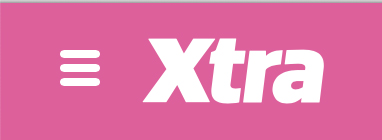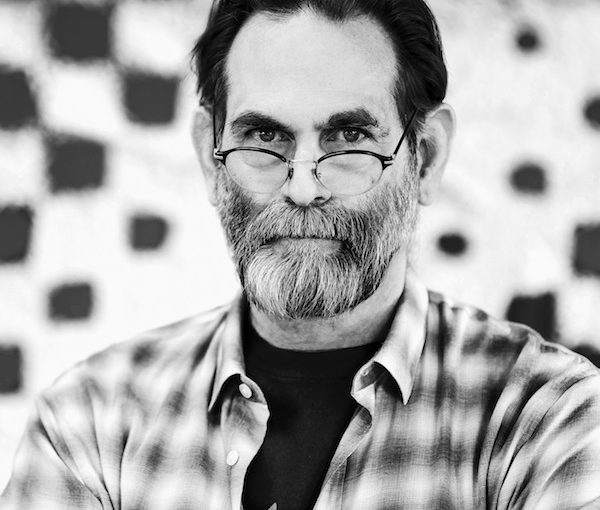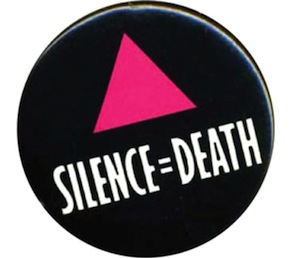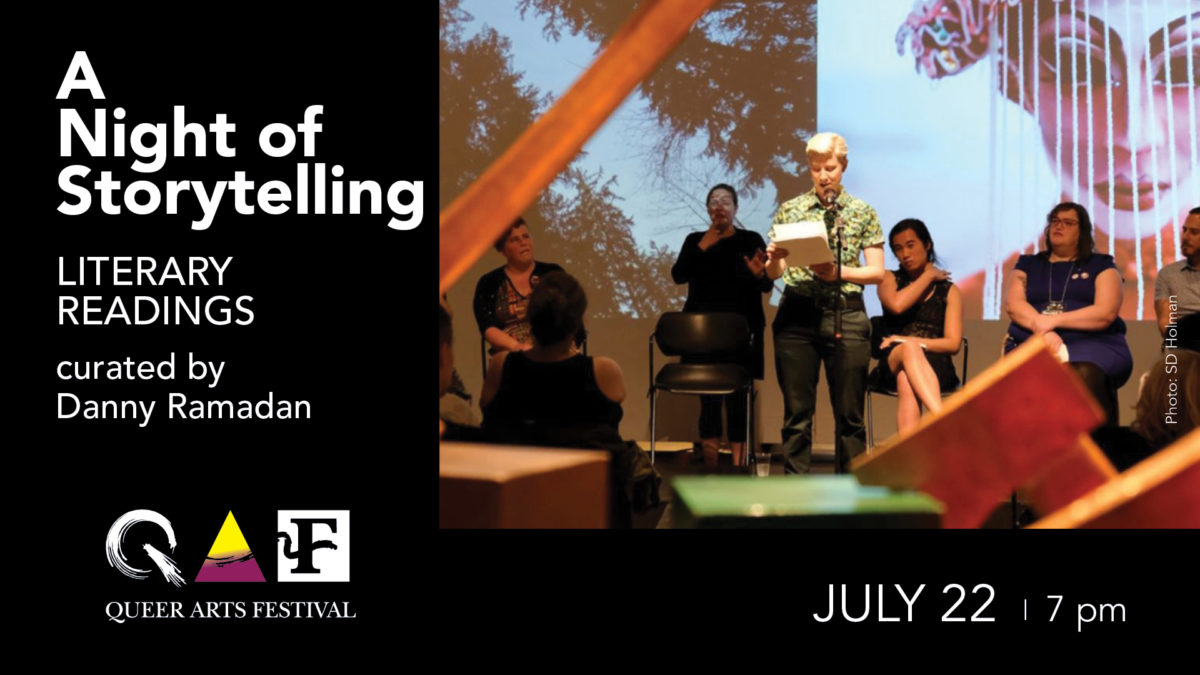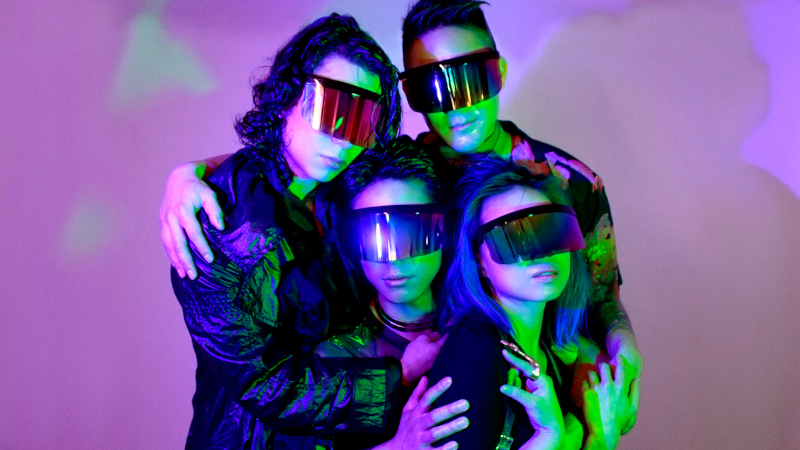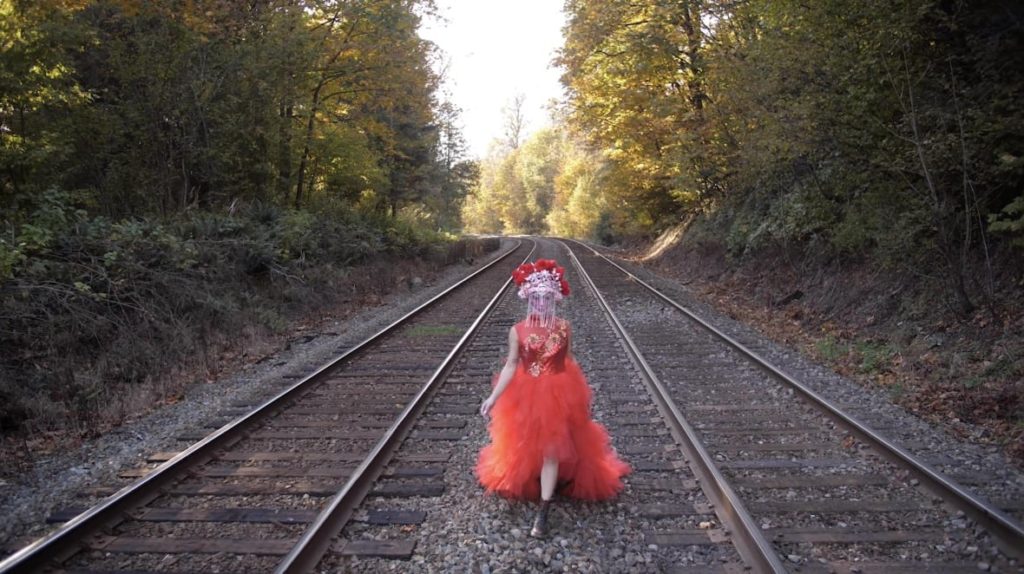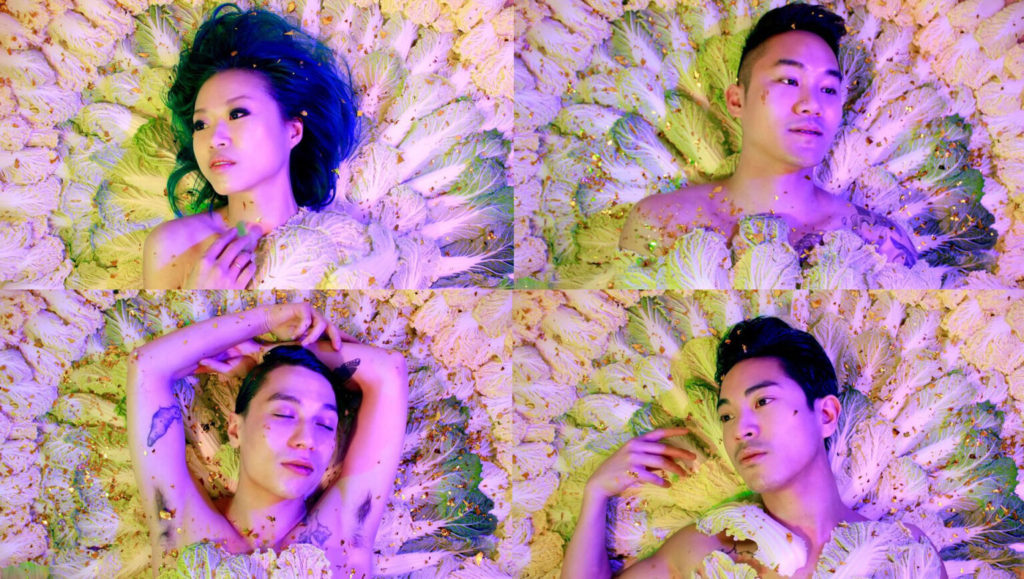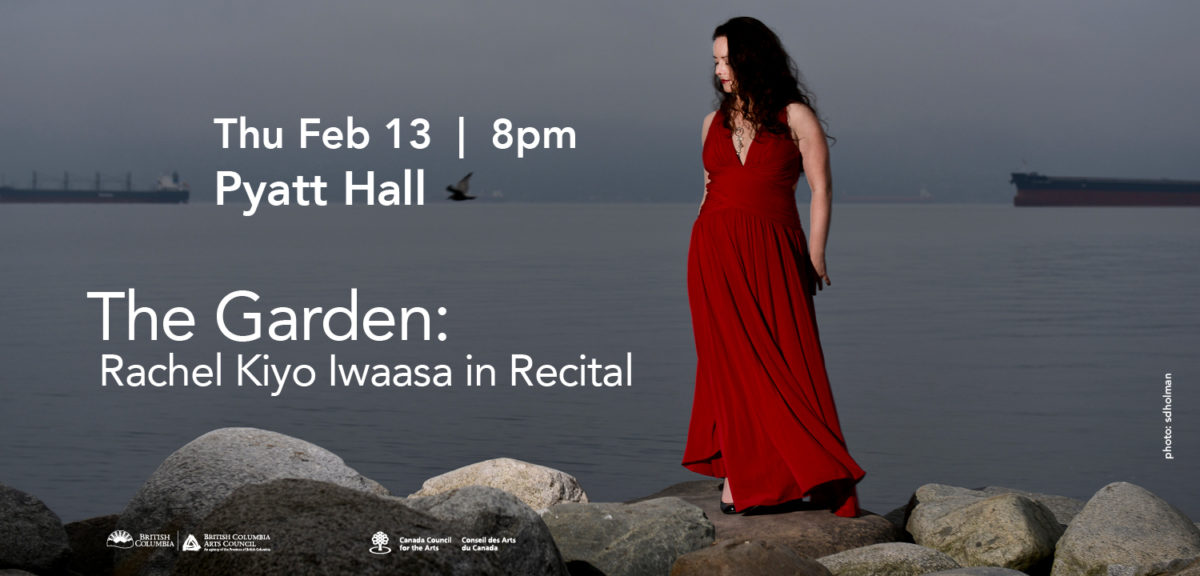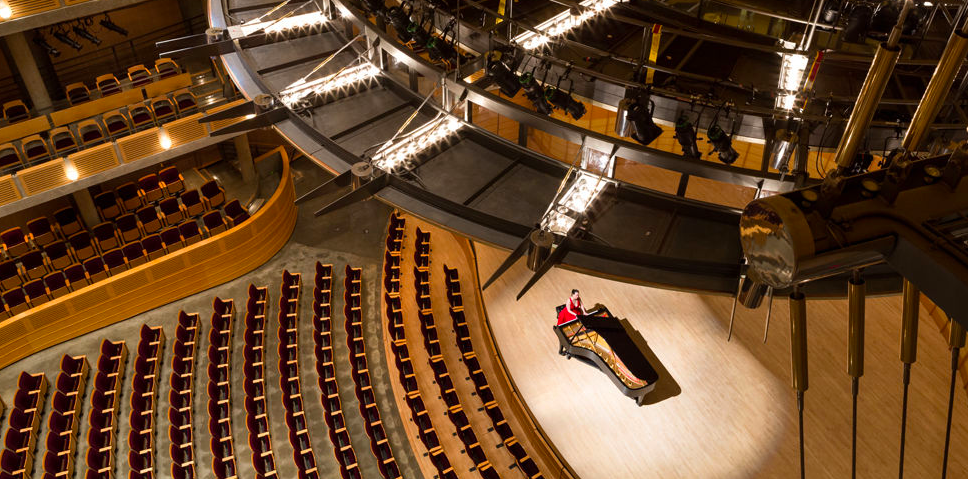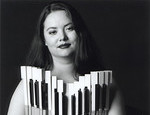Jun 22, 2020, 11:28 AM EDT Last updated Jun 23, 2020, 10:16 AM EDT | By Meredith J. Batt
Six virtual exhibits on this summer bring LGBTQ2 art from the gallery into your home
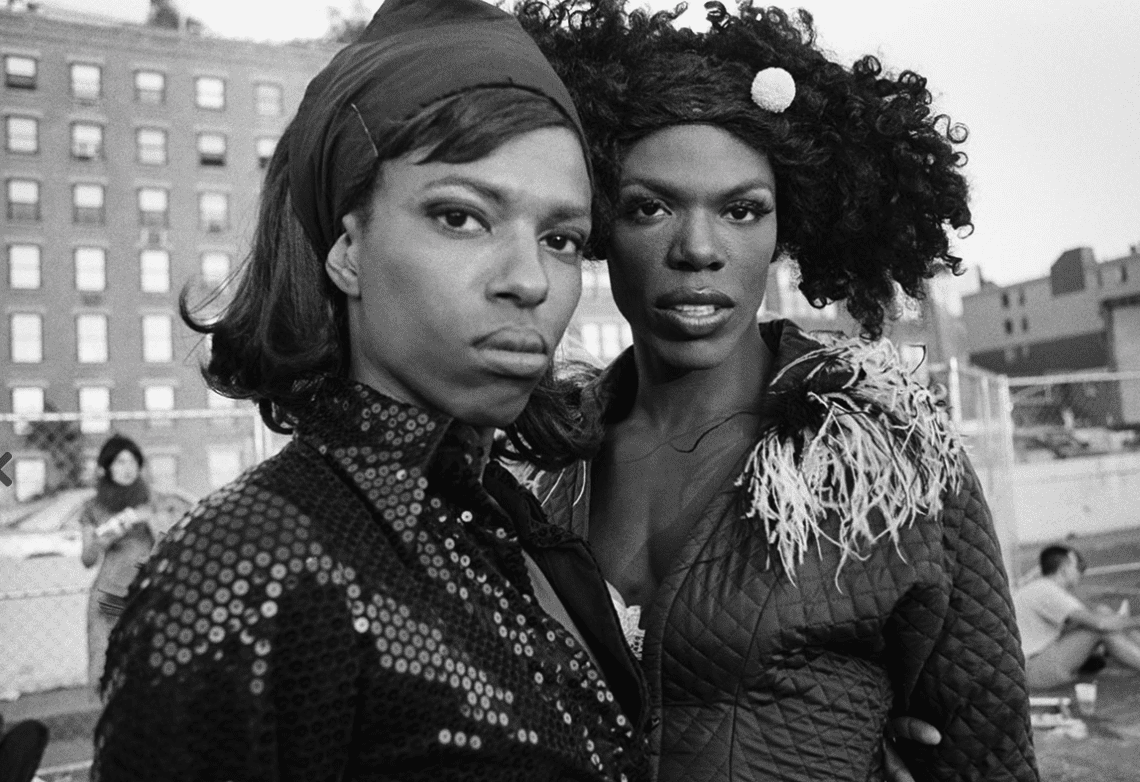
Even though we cannot physically celebrate together, it’s Pride Month, and many LGBTQ2 organizations around the world have taken the initiative to ensure that Pride events still happen virtually.
It hasn’t been an easy task, especially for queer and trans artists who can’t show their work in person. Many have faced unemployment, lost gigs and had to cancel events, and staying afloat has been difficult. It’s why, in this trying time, we need our queer artists more than ever—to tell our stories, give voice to our struggles and lift us up. Their work brings the glitz and the glam to Pride, and for those who are feeling down and isolated, their art is a perfect antidote.
If you can’t get out to celebrate this year, why not enjoy Pride from home while supporting LGBTQ2 artists? Here is a list of virtual queer art events and festivals from Canada and around the world that have gone virtual in honour of Pride Month.ADVERTISEMENT
▾
Head On Photo Festival – Wigstock
Online through 2020
In celebration of Pride, the Australian Head On Photo Festival is featuring Montreal photographer Pierre Dalpé’s exhibition, Wigstock. Wigstock was an annual Manhattan drag festival held from 1984 to 2001, founded by American queen Lady Bunny. Dalpé documented this festival during the mid-1990s when Wigstock was at its most popular. Log on for free at Head On’s website and see the wonderful photos of glamorous queens (including the iconic RuPaul herself!) in their finest, having a blast in the New York sunshine.
Queer Cultural Centre – Aquí Estamos / Here We Are
June 1–30
To mark Pride, San Francisco’s Queer Cultural Centre is hosting an online exhibition, Aquí Estamos / Here We Are—a collaboration between San Francisco Bay-area and Puerto Rican queer artists, curated by Juan Carlos Rodríguez Rivera. Influenced by the conditions of COVID-19 and the lockdown in Puerto Rico, these queer artists of colour respond to how our domestic space has shifted under the pressure of a pandemic. Artists Awilda Rodríguez Lora, Cristóbal Guerra, Zulfikar Ali Bhutto, Marcela Pardo Ariza and Pati Cruz will hold an Instagram takeover each Wednesday in June to share their work and conduct an online conversation on the Queer Cultural Centre’s Instagram. And on June 30, the artists and the curator will take part in a special roundtable discussion, Aquí Estamos Y Aquí Seguiremos / Here We Are and Here We Will Be, about reimagining domestic and safe spaces.
Queer Arts Festival – Wicked
July 16–26
The annual Vancouver Queer Arts Festival is one of the top five professional queer multidisciplinary arts festivals in the world—and this year, it’s going online. Inspired by the play Wicked, this year’s festival encourages us to think about the rise in the commodification of queer culture and how queer culture is used and marketed in a way that’s easy for heteronormative audiences to understand and interact with. “What do we lose—who do we lose—if we accept induction into the dominant order, and reframe ourselves as a ‘moral minority?’” organizers ask. The festival kicks off on July 16 with artparty!, featuring a panel discussion and virtual tour of the curated art exhibition led by artist Jonny Sopotiuk and showcasing participating artists Tom Hsu, Avram Finkelstein, Diyan Achjadi and Elektra KB. The Media Arts Centre, Vivo, will be holding Media Nights on July 18 (“Rapture Probe”) and July 19 (“Return to Sodom North”) to explore the change in media used at queer art festivals. Writers Hiromi Goto and Erica Isomura will hold an intergenerational conversation on the importance of mentorship for writers of colour on July 25 (A Conversation on Queer Mentorship). And, not to be missed, the Indigenous burlesque group, Virago Nation, will be holding the virtual performance Too Spirited on July 17.ADVERTISEMENT
To attend these events, register through Eventbrite. All events are free, but participants can donate to support the festival.
Queer|Art – Queer|Art|Pride
June 2020
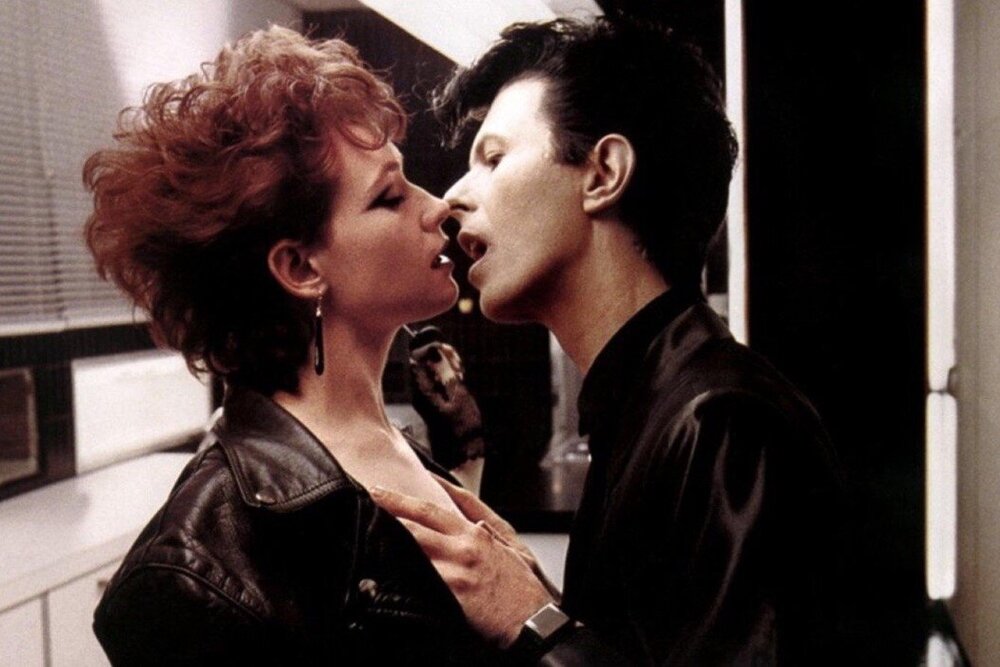
Queer|Art, a website based in New York, supports queer artists who have lost the mentorship of queer artists taken by another global pandemic—the AIDS Crisis. To support LGBTQ2 artists during this difficult time, Queer|Art has created a list of resources for artists affected by COVID-19—and they are going ahead with their annual Queer|Art|Pride online summer festival. Events take place every Monday night in June through the video conferencing app Zoom. Support the festival and artists financially at the Book and Print Fair, where more than 30 artists will show their work for sale during the bi-weekly Show N’ Tell series. Plus, join a virtual tour called “This Used To Be Gay!” with art mentor Moe Angelos of New York’s East Village as well as a few Queer|Art|Film events.
Those interested can register through the Queer|Art site.
Queer Art @ Home
June 1–25
Feeling queer and creative? Fredericton, New Brunswick-based emerging artist, speaker and facilitator Al Cusack has assembled a series of eight art activity videos for the public Facebook group Queer Art @ Home. This group is open to queer individuals of all artistic skill levels with the goal of helping people connect during Pride. Videos will be released on Mondays and Thursdays this month featuring different prompts for colour and subject matter in the medium of your choice.
Cusack came up with the idea after reflecting on community and togetherness. “It’s Pride month and we have to forgo so many of our celebrations and commemorations,” he says. “I wanted to do something about this. I wanted there to be something for queer people of any age who feel alone.”ADVERTISEMENT
Cusack chose eight activities in homage to the original Pride Flag, designed by queer artist and activist Gilbert Baker. “While it might not feel like a big deal for those of us who have been out and active in the community for a long time,” Cusack explains, “it means a lot to people who are first coming out. It brings a lot of joy to see those colours.”
Watch Cusack explain how Queer Art @ Home will work in this introductory video, and get ready to share your progress and ask for constructive feedback or inspiration in the Facebook group.
Tate Britain – A Queer Walk Through British Art
June 2020
Wishing that you could join a gallery tour, but in the comfort of your home? LGBTQ2 artists, curators and filmmakers from around the U.K. chose some of their favourite works of art from the Tate Britain gallery and interpreted them as queer works of art. The interpretations are varied and influenced by their lived experiences, and they explore personal connections as well as how the piece of art speaks to each of them as a queer person. This free display is curated by E-J Scott, who curated the U.K. largest collection of trans artefacts, and includes selected works spanning more than 450 years.
In addition to this display, Tate Britain has a number of LGBTQ2 online resources, including a partnership with Channel 4’s short film strand Random Acts, featuring the stories of six LGBTQ-identifying people like Ian McKellen, Kareem Reid and Jackie Kay. There is even LGBTQ content for kids: Watch YouTuber Olly Pike explore five LGBTQ art Stories at the Tate Britain, and learn about bisexual painter Gwen John and gay artist David Hockney.ADVERTISEMENT
▾
As these arts shows prove, we can still remain together in spirit, even if we’re physically far apart. Stay safe and happy Pride!
Editor’s note, Jun 23, 2020: A previous version of this story incorrectly stated that RuPaul Charles was a founder of Wigstock. The story has been amended.This story is filed under Arts & Entertainment, Pride, Profile, DIY Pride
